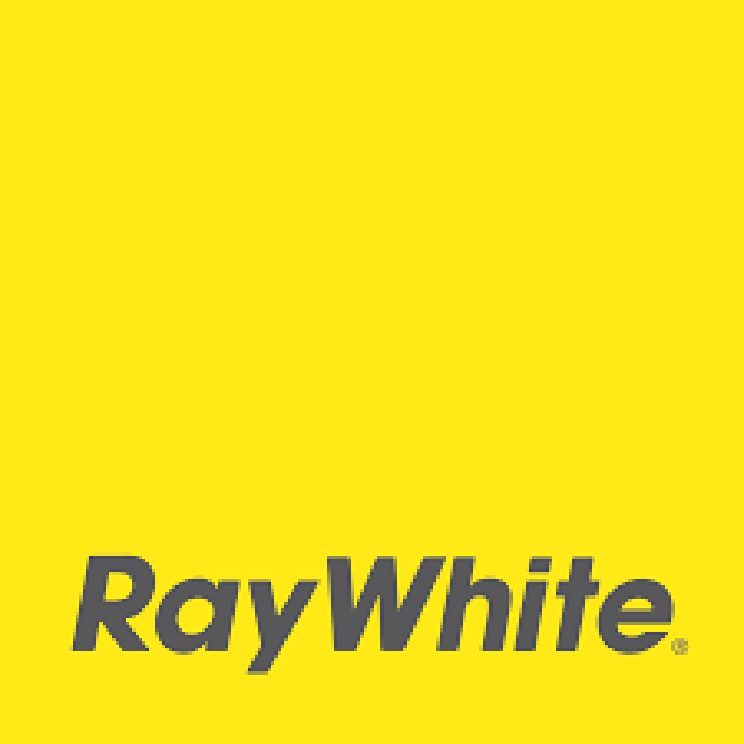Atom Go Tian
Senior Data Analyst
Ray White Group
As families seek the perfect balance between urban convenience and nurturing environments for their children, the definition of what makes a suburb ideal for family life continues to shift.
The notion of a family-friendly suburb is inherently subjective, encompassing a wide array of factors that can vary in importance from one family to another. Traditionally, these factors have included safety, the prevalence of parks and schools, access to family-oriented amenities, community events, proximity to healthcare facilities, low crime rates, and suitable housing options. However, the ideal mix is different for every family and it is therefore subjective. There are, of course, also household budgets to consider.
In an attempt to bring objectivity to this subjective concept, we focused on two key metrics: the proportion of the population under 14 years old, using data from StatsNZ, and house price growth over the past year. This methodology assumes that a high proportion of children indicates a suburb’s appeal to families, while strong house price growth suggests increasing desirability and potential for investment. By combining these factors, we aim to identify suburbs that are not only attracting families but also experiencing growth in demand – a potential indicator of ongoing development and improvement in family-oriented amenities.

The Gisborne region, despite its smaller overall population, leads with the highest proportion of young people: an impressive 22.25 per cent of its residents are under 14 years old. The Waikato region follows closely, with 20.20 per cent of its population in this age group.
While Auckland ranks eighth in terms of percentage, with 19.25 per cent of its population under 14, it boasts the largest absolute number of young people due to its size, with 318,843 children in this age bracket. The national average stands at 18.75 per cent, with several regions clustered around this figure.
Interestingly, Wellington falls below the national average with 17.22 per cent of its population under 14. At the other end of the spectrum, Otago has the lowest proportion of young people, with just 15.67 per cent of its residents under 14 years old.

Taking this to the suburb level, we first identified suburbs in the 95th percentile for the population under 14 years old. This meant focusing on areas where at least 23 per cent of residents were children, indicating a strong presence of families. From this subset of family-dense suburbs, we ranked suburbs based on house price growth over the past year.
This metric serves as a proxy for increasing desirability and potential for future development.
By combining these factors, Milldale in Auckland emerged as the most family-friendly suburb in New Zealand. An impressive 30 percent of Milldale’s population is under the age of 14, the highest proportion among all suburbs studied. Coupled with this high concentration of young residents, Milldale also experienced the most substantial median house price growth of $175,000 in the last 12 months. With a current median house price of $1,390,000, Milldale is the second most expensive suburb on our list, suggesting that people are already well aware of its potential and desirability for families.
Following closely behind Milldale is Ashhurst in Palmerston North City. While Ashhurst has a lower percentage of young residents at 23.58 percent, it still falls comfortably within our criteria for family-friendly suburbs. The suburb saw a significant median house price growth of $120,000 over the past year, bringing its current median price to $755,000. Tirau in the South Waikato District rounds out the top three, with 23.19 percent of its population under 14 years old and a median house price growth of $100,000.
Wairoa in the Wairoa District emerges as the most affordable option on our list, with a median house price of just $385,000. Despite its lower price point, Wairoa still maintains a healthy proportion of young residents at 24.10 percent and showed the same price growth ($40,000) as some more expensive areas, potentially indicating untapped potential for families looking for more affordable options.
Download a hi-res pic of Atom Go Tian here.
Media contacts:
Atom Go Tian
Senior Data Analyst
Ray White Group
+61 422 089 938
agotian@raywhite.com
Cassandra Glover
Media Advisor
Ray White Group
+61 447 000 472
cglover@raywhite.com

